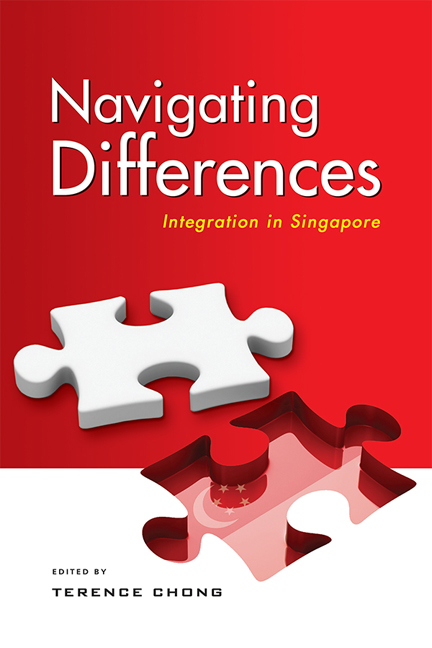5 - “New” Chinese Immigrants in Singapore: Localization, Transnational Ties and Integration
Published online by Cambridge University Press: 24 November 2020
Summary
INTRODUCTION
In September 2015 the China Cultural Centre (CCC) was established in Singapore by the Chinese Ministry of Culture in China, representing one of at least fifty such global centres envisioned by 2020. According to a news report in Singapore, such centres are meant to “promote [China’s] culture and further bolster its soft power abroad”. Separately, the planned opening of the Singapore Chinese Cultural Centre (SCC) was also underway. Helmed by the Singapore Federation of Chinese Clan Associations, the SCC would showcase “Singaporean-Chinese” culture. When asked about the potential overlap between the CCC and SCC, the chief executive of SCC replied, “There is no duplication because we will be promoting our uniquely Singapore Chinese culture while theirs will be all about those from the mainland.”
When the SCC was opened in May 2017, Singapore Prime Minister Lee Hsien Loong noted that the “Chineseness” in Singapore is distinct from those of the Chinese populations in Mainland China, Hong Kong, Indonesia, Malaysia and Taiwan. He highlighted three traits distinguishing Singapore's variant of Chineseness: “the inculcation of positive traditional values, the embrace of multiculturalism, and bilingualism”. While it is arguable whether those traits are distinctly Singaporean, what emerges from the above exchange are the contested ways in which Chinese identity is represented and experienced in Singapore among co-ethnics from different nationality backgrounds.
Since the 1990s, the Singaporean state has used managed migration to meet skills shortages and boost declining fertility rates. China serves as a key source country of new immigration to Singapore. New cohorts of Mainland Chinese immigrants (henceforth PRC immigrants) have converged in Singapore in response to demands for investor, skilled and unskilled migrants. China's rise as a global power presents new business opportunities for Singapore, but also renewed anxieties towards immigrant integration. The targets of Singapore's integration project today are the new Chinese migrants who left China after 1979 (i.e., 新移民 xinyimin). Since they share the same ethnicity as the majority Chinese population in Singapore, policymakers had thought such co-ethnics would integrate easily. However, the Singaporean-Chinese invoke a “localized” Singaporean identity, using their regional affiliations in the ancestral land—predominantly the coastal provinces of China—to differentiate themselves from the more recent PRC immigrants who come from a wider range of Chinese provinces.
- Type
- Chapter
- Information
- Navigating DifferencesIntegration in Singapore, pp. 77 - 90Publisher: ISEAS–Yusof Ishak InstitutePrint publication year: 2020

